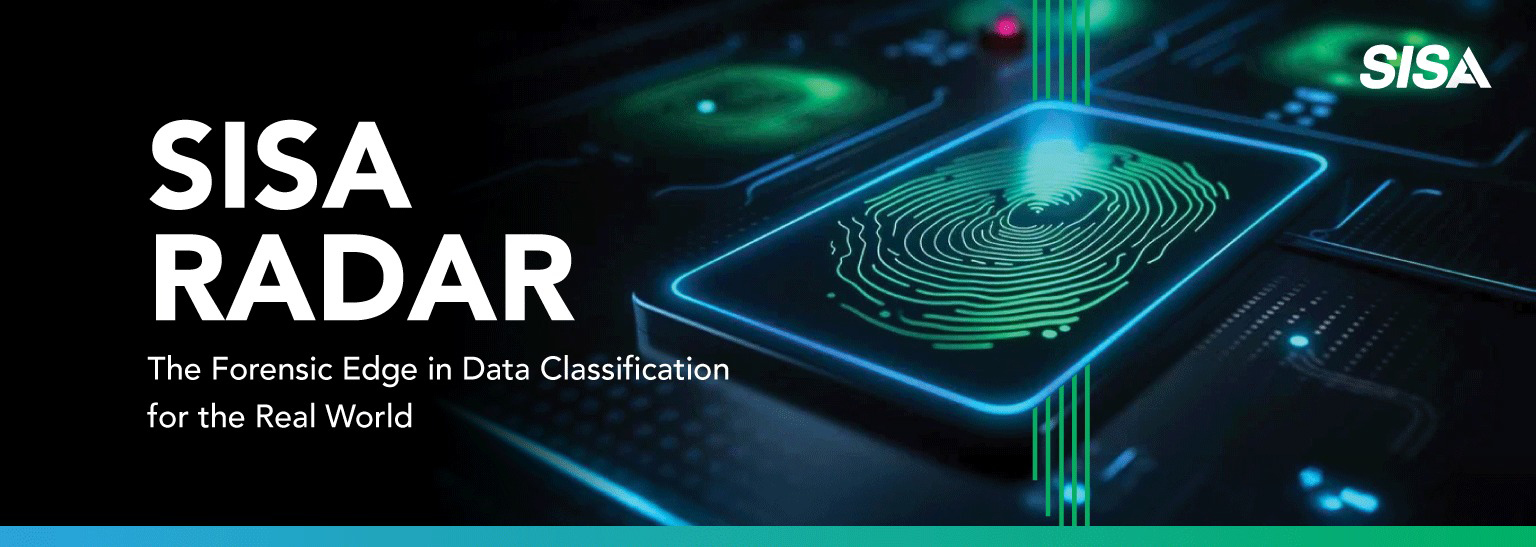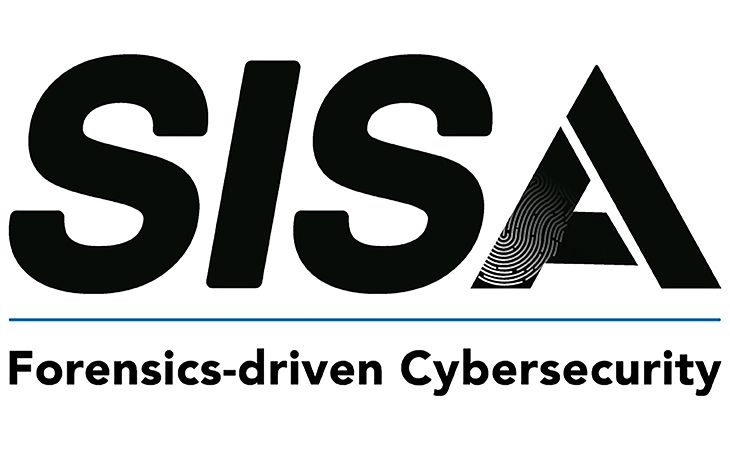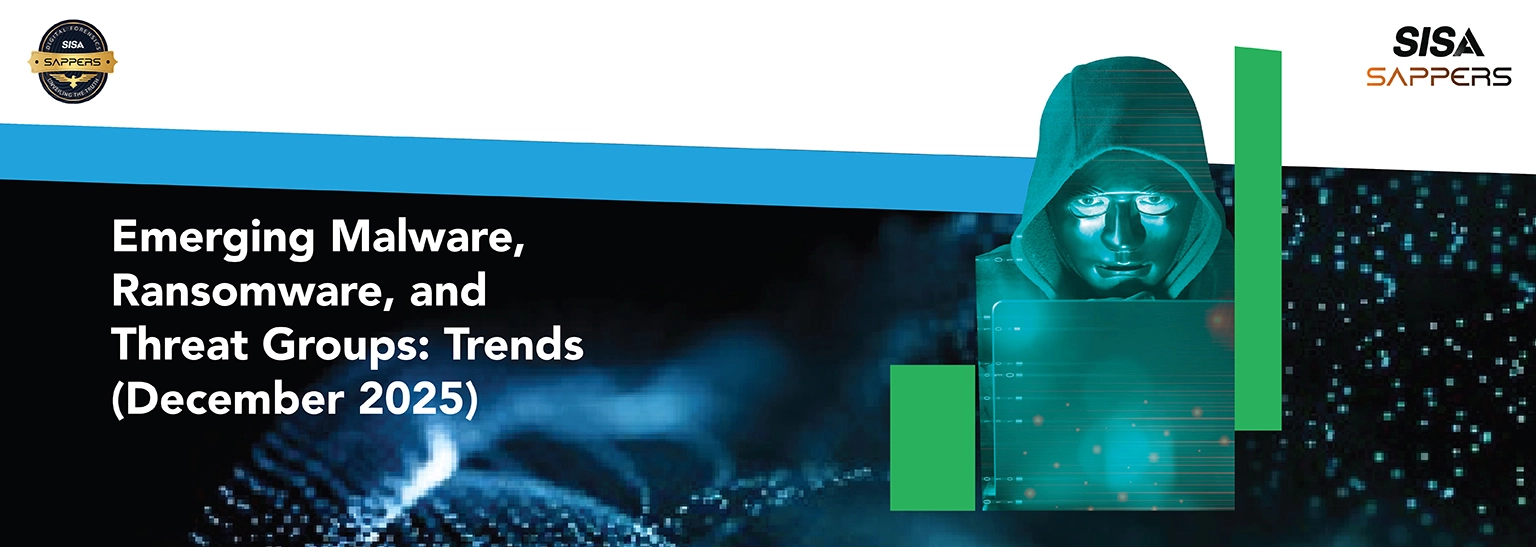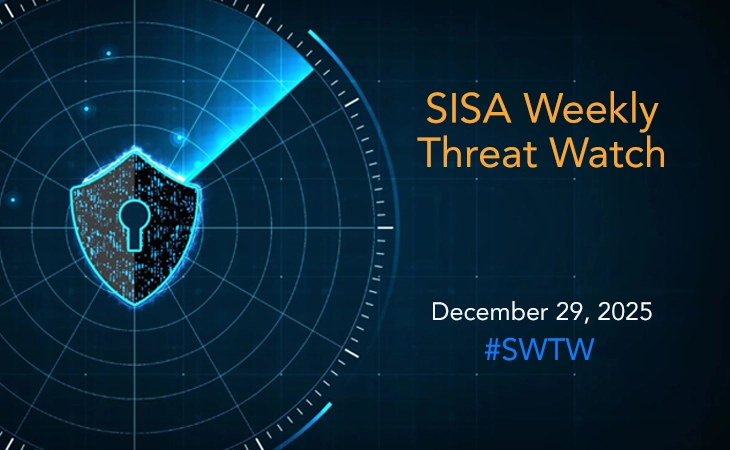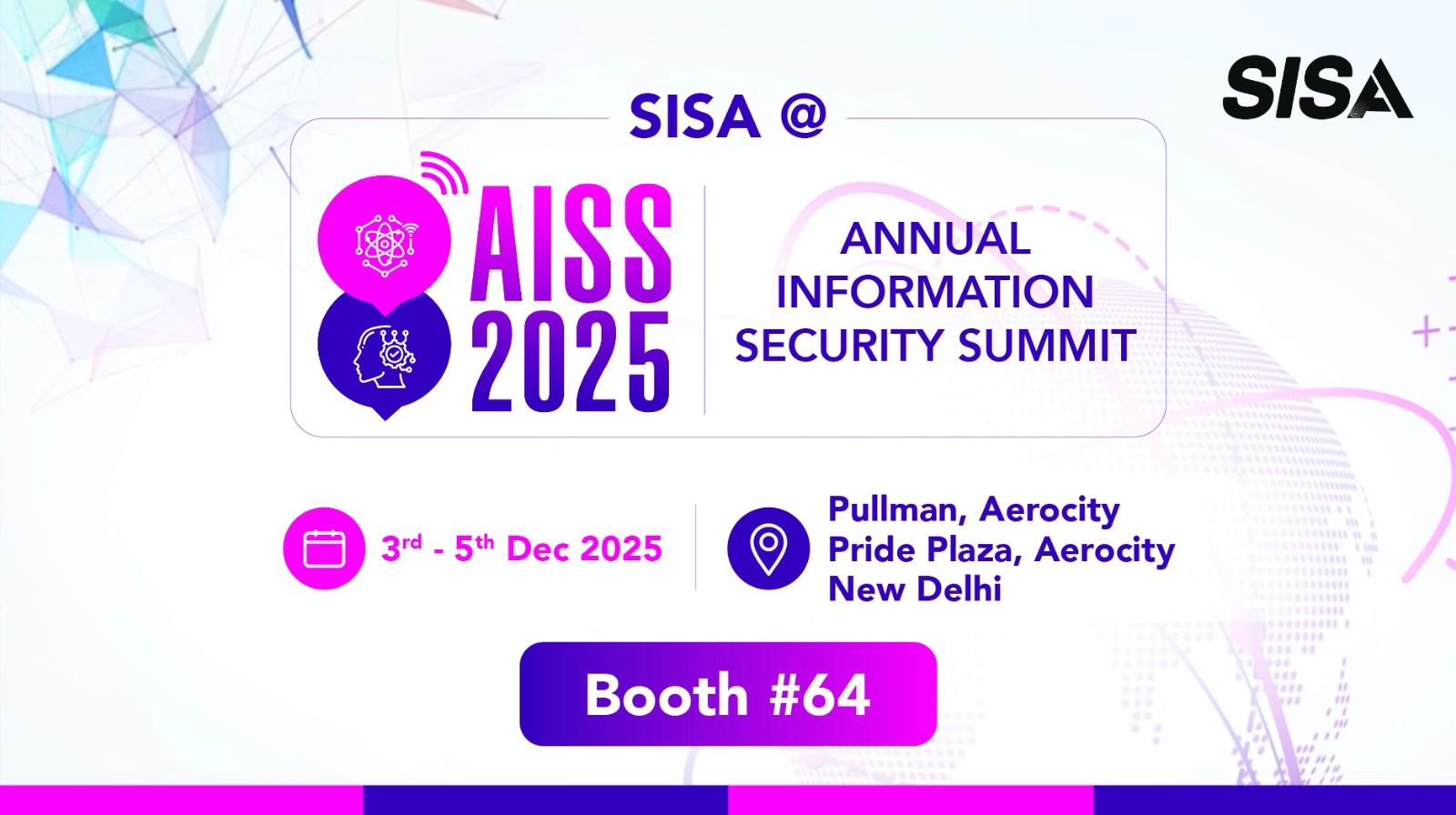Home » This Time, It’s Different: The Agentic SOC That Can Finally Keep Up
This Time, It’s Different: The Agentic SOC That Can Finally Keep Up
Share on
If you’ve been in cybersecurity as long as I have, and I’m talking 20-plus years of watching this industry fight fires, you begin to notice a pattern. The threats evolve, the vendors rebrand, the playbooks grow thicker, and every few years, we hit the same wall. We see a new kind of breach or a new attack vector, and our first instinct is to throw more tools at the problem. We buy platforms. We automate. We reorganize. And for a while, it gives us the illusion of control.
But then, slowly, reality creeps back in. The alerts pile up. The dashboards get ignored. The analysts get overwhelmed. The tools, once shiny, now feel disconnected. We end up drowning in data, buried under tickets, and stuck in the same endless loop of detection, triage, and escalation.
Right now, we’re at that wall again. Only this time, it’s different, not because we lack technology, but because we’ve reached the limit of what our current operating models can absorb. We’ve automated everything except the part that truly matters, decision-making.
Ask any CISO today, what’s slowing their teams down, and you’ll hear the same pain points, again and again. It’s not threat intel. It’s not detection logic. It’s the human drag between alert and action. Too much time is lost in correlation. In context-switching. In waiting for someone upstream to triage before the next person can investigate.
I’ve sat in enough boardrooms to know that CISOs aren’t being asked how many alerts they closed. They’re being asked how quickly they can identify material threats. How confidently they can report cyber readiness. How they’ll defend the company when the next breach comes – and it will.
That’s the real bottleneck today. Not visibility, we’ve got more of that than we know what to do with. Not even talent, though the skills gap is real. The challenge lies in scaling human judgment. While it remains invaluable, it must be augmented to match the speed and complexity of today’s evolving threat landscape.
And that’s where the concept of an Agentic SOC enters the frame – not as a trend, but as a necessary evolution. Agentic systems change the conversation. They move security from reactive to anticipatory. From manpower-limited to machine-augmented. From fragmented workflows to unified, goal-oriented response.
When people ask me what makes an Agentic SOC different, I don’t start with the technology. I start with the shift in mindset. It’s about reimagining the entire fabric of decision-making in security operations. We’re not talking about AI as a feature bolted onto legacy platforms. We’re talking about purpose-built, intelligent agent’s autonomous systems designed to think, reason, and adapt like experienced analysts.
These agents don’t wait for a human to push a button. They don’t just execute a static script. They assess context, revise strategies based on feedback, and collaborate across the environment in a way that resembles a real SOC team, only faster, more scalable, and free from fatigue. They move beyond detecting and reporting. They interpret. They prioritize. They act.
Now, I’ve been around long enough to remember the rise of SOAR. At the time, it felt revolutionary. And to its credit, SOAR brought structure and consistency to our workflows. It gave us automation, yes, but it also gave us fragility. The moment a playbook hit a corner case or an integration failed, the process collapsed. And suddenly, we were back in manual mode, stitching together the same alerts we thought we’d automated. Today’s attackers don’t wait for our playbooks to catch up. They move faster. They learn quicker. And they adapt constantly.
Agentic SOCs don’t follow playbooks. They build logic on the fly. They understand goals, not just rules. They correlate data across sources, contextualize alerts based on business risk, and adapt their actions when circumstances change. They’re not tools; they’re collaborators.
This isn’t a vision that could have worked five years ago. It works now because three things have aligned:
- Cognitive AI models have matured—from static classifiers to dynamic, reasoning agents capable of adapting across security scenarios.
- Our platforms are finally interoperable—API-first design isn’t aspirational anymore; it’s reality, and that gives agents room to operate freely across silos.
- The operating pressure is undeniable—we’ve reached the limit of what traditional SOC structures can absorb. No amount of headcount or fine-tuning will bridge the gap between scale and response anymore.
Let’s be honest: no matter how many analysts you hire, no matter how much fine-tuning you apply, the traditional SOC structure simply can’t keep up anymore. It’s not a question of more dashboards or faster pivots it’s about building a fabric of intelligence that acts reliably, autonomously, and in harmony with the human judgment we still value deeply.
And yes, the results are starting to speak for themselves. We’re seeing agentic systems cut alert fatigue dramatically by understanding the context behind every signal. They’re uncovering complex, multi-stage attacks that used to slip through the cracks. They’re shrinking response times not by milliseconds, but by hours and days. They’re generating compliance reports without tying up senior analysts. And they’re doing all of it while allowing human teams to focus on strategic response, not ticket-chasing.
But I’ll also be the first to say this: Agentic SOCs aren’t magic. They’re not plug-and-play. They require planning, governance, and most of all, a cultural shift. You can’t just drop in autonomous agents and expect results. You have to rethink workflows, redefine roles, and create a new operating rhythm where humans and machines genuinely collaborate.
That’s the most exciting part to me. After decades of watching automation replace tasks, we’re finally entering a phase where AI augments thinking. Where we don’t have to choose between human expertise and machine speed, we get both. And when done right, the results aren’t just operationally efficient, they’re strategically game-changing.
Look, I’ve seen my fair share of overhyped tech. I’ve seen dashboards that promised clarity and delivered confusion. I’ve seen machine learning models that looked good on paper and failed in the real world. So, I approach any “next big thing” with a healthy dose of skepticism.
But this—this feels different.
Not because it’s another tool to add to the pile, but because it offers a new foundation. A new model for how we run security. One where decisions scale. One where intelligence becomes distributed, not centralized. And one where we finally stop firefighting and start outpacing.
Agentic SOCs won’t solve every problem overnight. But they give us something we haven’t had in a long time: a chance to fundamentally rethink how security should operate in the era of AI, cloud, and constant threat.
If you’re leading a security function today, this is your moment. Not to chase hype but to lead the shift toward something better. Because the future of the SOC isn’t about adding more eyes on glass. It’s about building systems that can see, think, and act alongside us, not behind us.
And that, to me, is the shift worth betting on.
 USA
USA India
India APAC
APAC Middle East
Middle East Global
Global


 Facebook
Facebook Linkedin
Linkedin  X
X Youtube
Youtube



